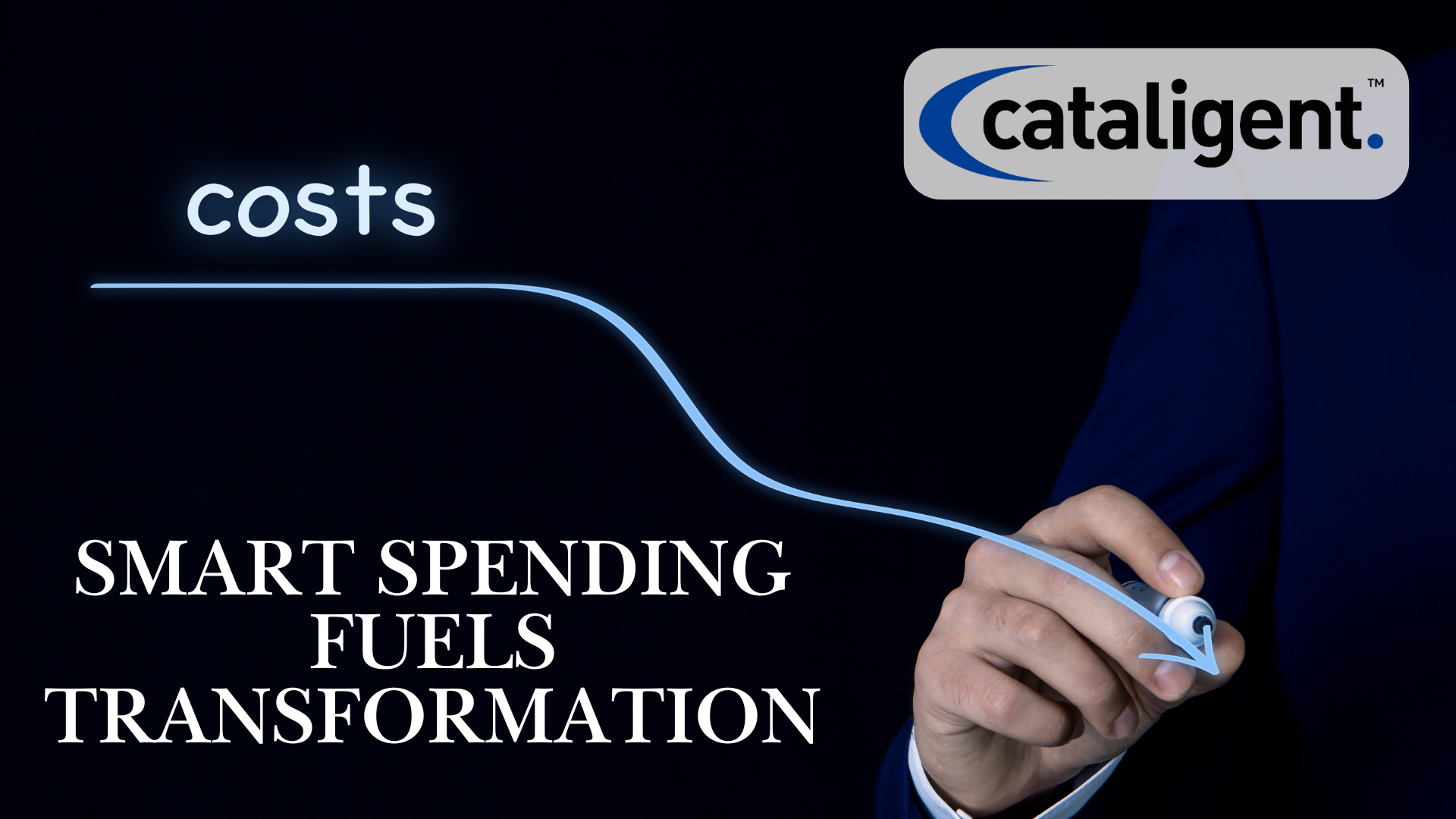Introduction
Cost reduction is a critical component of business transformation, ensuring financial stability, profitability, and long-term sustainability. By optimizing expenditures, companies can allocate resources more effectively, invest in innovation, and maintain a competitive edge in an evolving marketplace. Successful cost reduction strategies contribute to streamlined operations, enhanced customer value, and improved financial health.
Why Cost Reduction is Essential for Business Transformation?
- Enhancing Profit Margins
- Lowering operational expenses increases overall profitability.
- Enables businesses to reinvest savings into growth and expansion initiatives.
- Sustaining Competitive Advantage
- Lean cost structures allow businesses to offer competitive pricing.
- Enables organizations to adapt to market fluctuations without compromising quality.
- Facilitating Digital Transformation
- Cost reduction frees up capital to invest in new technologies and digital solutions.
- Enables automation and process optimization for greater efficiency.
- Strengthening Financial Resilience
- Reduces financial risks and improves cash flow management.
- Helps businesses remain sustainable during economic downturns or market shifts.
- Improving Customer Value Proposition
- Lower costs allow businesses to enhance product or service offerings.
- Enables organizations to invest in customer experience and service quality.
Key Cost Reduction Strategies in Business Transformation
- Process Optimization
- Implement lean methodologies to eliminate inefficiencies.
- Reduce waste and redundancy through continuous improvement initiatives.
- Leveraging Technology
- Automate repetitive tasks to minimize labor costs.
- Use AI-driven analytics to optimize resource allocation and decision-making.
- Outsourcing and Strategic Partnerships
- Leverage third-party vendors for non-core functions to reduce overhead expenses.
- Optimize supply chain management for cost-effective procurement and logistics.
- Energy and Resource Efficiency
- Implement sustainable practices to reduce utility and operational costs.
- Optimize resource consumption through smart monitoring and energy-efficient solutions.
- Workforce Optimization
- Invest in employee training to enhance productivity and reduce turnover.
- Implement flexible work models to reduce office space and overhead costs.
Measuring the Impact of Cost Reduction in Business Transformation
- Financial Performance Metrics
- Reduction in operational costs and increased profitability.
- Improvement in cash flow and return on investment (ROI).
- Operational Efficiency Indicators
- Decreased production and service delivery costs.
- Improved resource utilization and productivity levels.
- Customer Satisfaction and Retention
- Lower costs contributing to better pricing strategies and customer loyalty.
- Increased investment in customer experience and value-driven services.
Conclusion
Cost reduction is a vital driver of business transformation, enabling organizations to achieve financial stability, operational efficiency, and sustained growth. By implementing strategic cost-saving measures, businesses can allocate resources more effectively, invest in innovation, and remain competitive in an ever-changing market. A well-executed cost reduction strategy supports long-term transformation success, ensuring resilience and profitability in the evolving business landscape.

